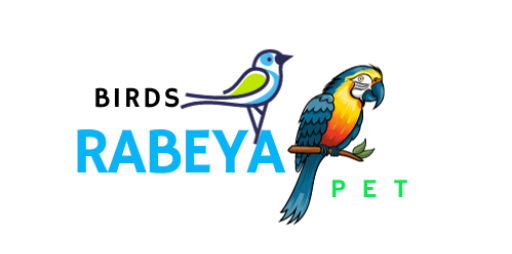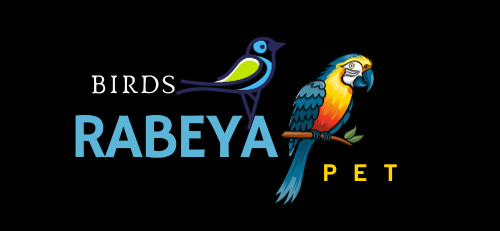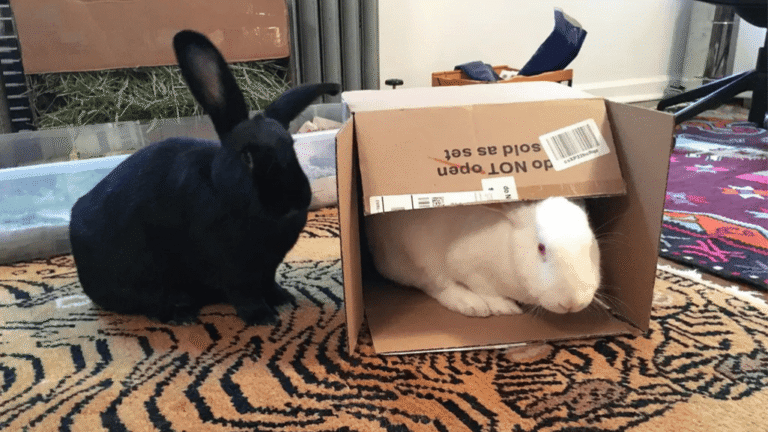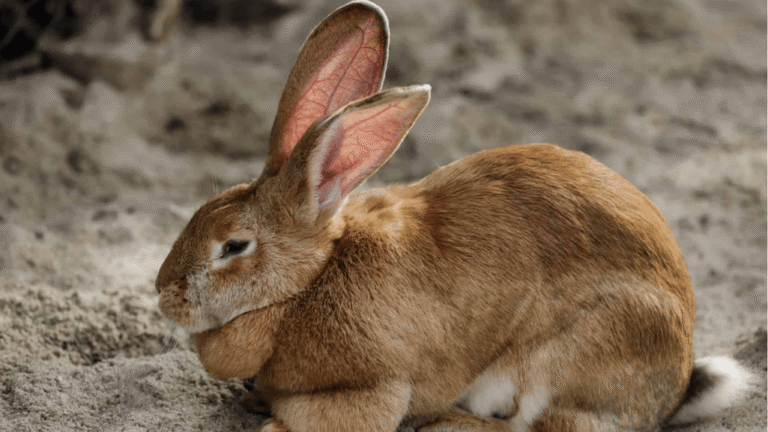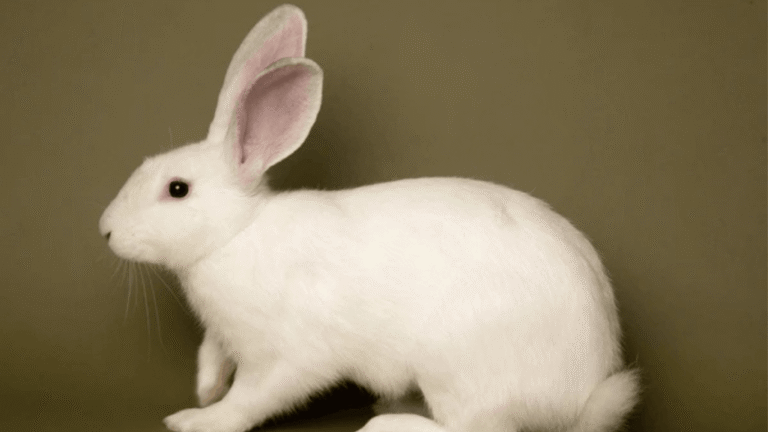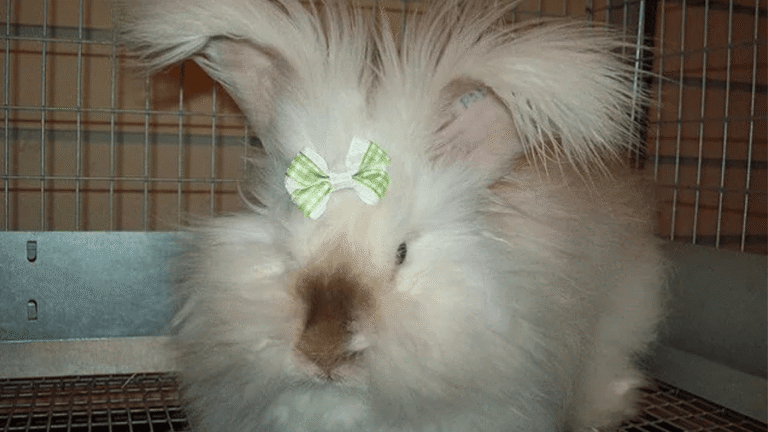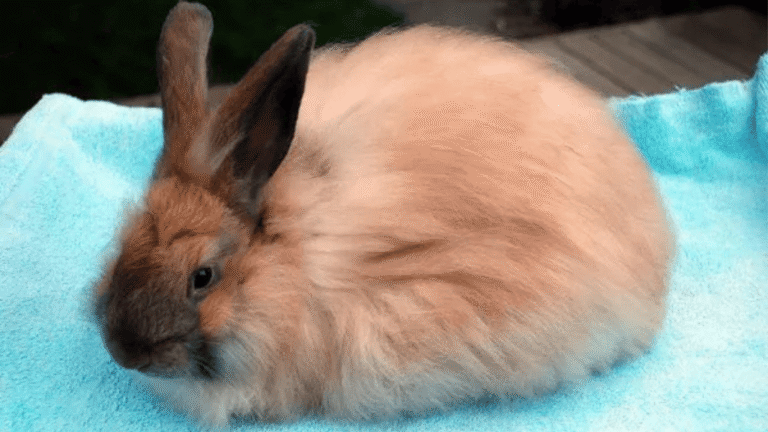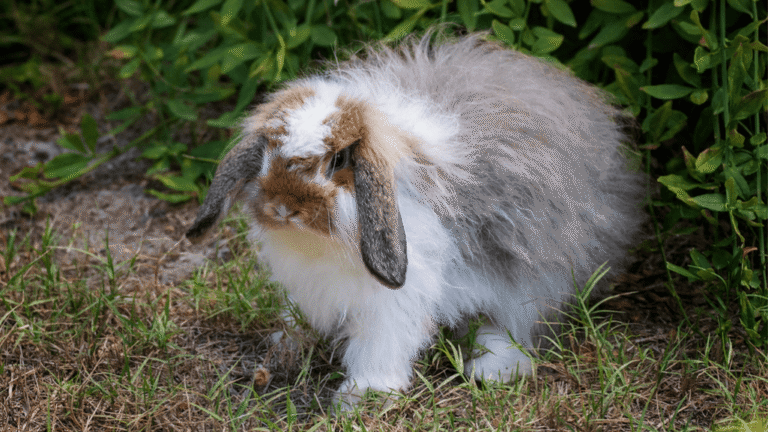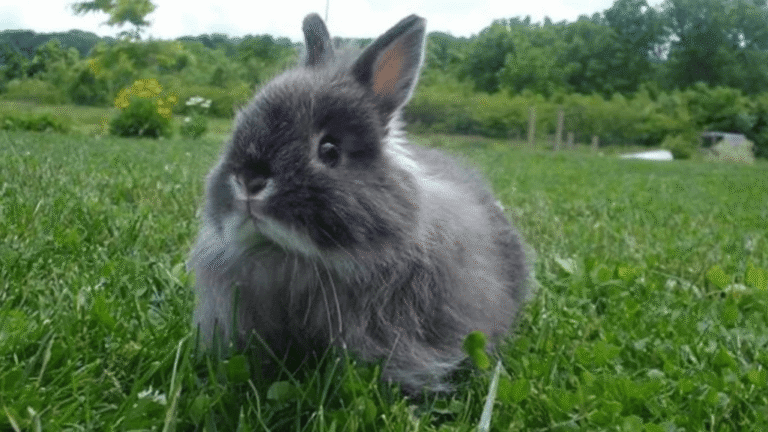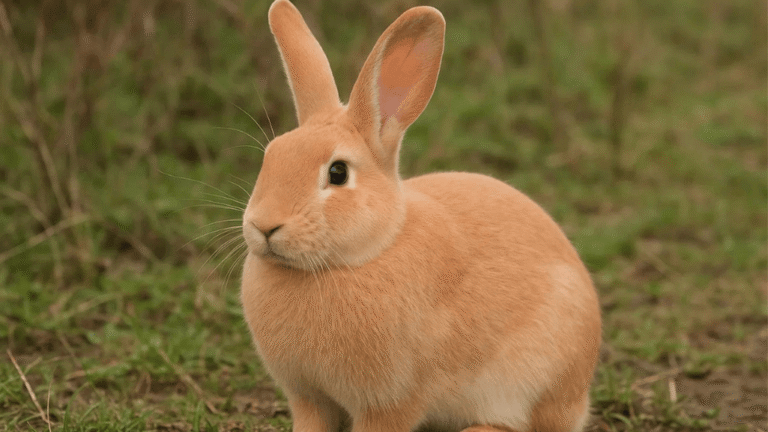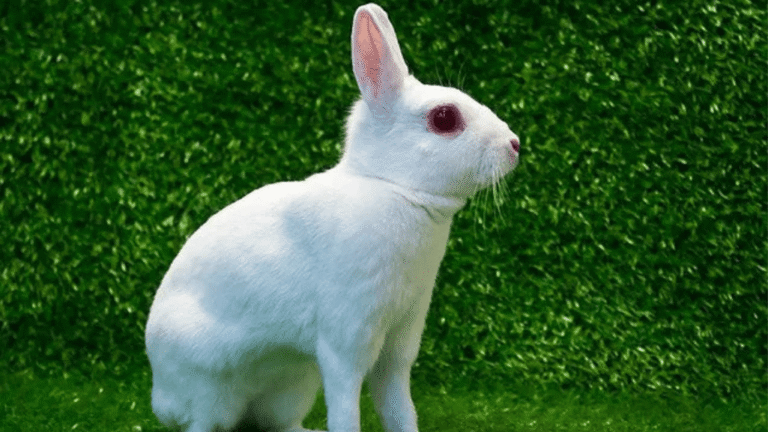Understanding what to expect helps owners in the United States give better daily care and reduce risk. This guide outlines clear, evidence-based steps and practical tips for pet guardians who want straightforward advice.Albino Rabbit Health Problems describes a genetic change that affects pigment and the eyes. Even when animals look well, some may have special sensitivities, especially to light and stress.
What this guide covers: how albinism affects red or pink-red eyes; common and less common conditions; early warning signs; vision and neurological issues; and when to see a veterinarian.
Many of these pets live full, happy lives. Owners should still manage sunlight exposure, reduce startle risks, and adapt home layouts for low-vision or blind individuals.
Learn more about practical care and research-based that translate lab findings into at-home steps for different breeds and sizes.
Key Takeaways
- Albinism can alter eyes and light sensitivity; watch for vision signs.
- Simple environmental changes reduce stress and improve safety.
- Body size and rabbit breed affect handling and vet plans.
- Track routines and changes; consult a rabbit-savvy veterinarian early.
- Most live well with proactive care and regular checkups.
Understanding Albinism in Rabbits: Red Eyes, White Fur, and What It Means for Health
A genetic change in pigment production can make eyes look pink-red and increase sensitivity to bright light.
What is albinism? It is a genetic condition driven by changes in the albino gene that reduce or block melanin across fur, skin, and ocular tissues.
The albino gene, melanin, and eye color
With little or no melanin in the iris, light passes through and reflects underlying blood vessels. That creates the classic red eyes or pink red look.
How low pigment affects vision and light sensitivity
Less pigment increases glare and reduces contrast sensitivity. Visible blood vessels and altered retinal light scatter can cause scanning behaviors as animals map their space.
- White fur does not shield eyes from bright light.
- Pink-red eyes are not a disease by themselves, but they signal low pigment.
- Watch for squinting, head scanning, or bright-zone avoidance.
Check eyes regularly for discharge, cloudiness, or persistent squinting. If you see changes, contact a rabbit-savvy veterinarian. The next section explains common environmental and ocular challenges owners can manage at home.
Albino rabbit health problems
Daylight and glare often reveal subtle vision limits that affect daily comfort and behavior. Owners most commonly see sensitivity to direct sunlight, squinting, and stress when a space is too bright or unfamiliar.
Common conditions
Eye surface issues include discharge, persistent redness beyond the normal pink-red tone, and irritation that may need topical care. Watch for repeated squinting or avoidance of sunny areas.
Stress responses often follow layout changes, loud noises, or sudden light shifts. Gradual adjustments help reduce panic or hiding behaviors.
Less common but reported
Scanning — gentle head or body swaying — may help animals map space when visual contrast is low. Involuntary eye movements, or nystagmus, appear in some individuals and should prompt a veterinary check if pronounced.
- Functional blindness is less common but reported; stable routines and safe enrichment let affected pets thrive.
- Coat color and minimal pigment can increase sun vulnerability; prioritize shade and indirect light outdoors and indoors.
- Breed background does not fix outcomes; individual variation is wide, so monitor each animal closely.
Tip: Keep a short log of squinting, bumping, or panic episodes to help a veterinarian identify triggers and patterns.
Spotting Trouble Early: Signs Your Albino Rabbit Needs a Vet
Subtle shifts in behavior or steady eye movements can be the first clues that a condition needs veterinary review.
Eye-related red flags
Watch for persistent scanning, pronounced nystagmus, thick discharge, or squinting in normal indoor light. These signs often point to an ocular or neurological condition that needs a focused eye exam and possible treatment.
Behavioral cues
If your pet starts bumping into familiar objects, missing routine jumps, or having repeated panic episodes, track those events. Changes in temperament such as freezing or avoidance of previously tolerated areas deserve attention.
General health indicators
Check appetite, water intake, and activity. Smaller or fewer stools and altered litter box habits often come before acute illness.
- Seek care for worsening eye discharge, crusting, or sudden change in scanning or nystagmus.
- Bring a behavior log plus clear photos or short videos to the appointment.
- Immediate care is critical for head tilt, rapid decline, or injury after a fall.
Tip: Keep light dim and use slow movements while arranging a vet visit. Early intervention improves outcomes for many eye and neurological conditions.
Vision and Neurological Considerations in Albino Rabbits
Some light-pigmented pets use slow head sweeps and gentle body rocking to map a room when contrast is low.
Nystagmus and scanning behaviors
Typical scanning appears as slow, rhythmic head or body movement. This helps a rabbit assess depth and orientation when visual contrast is limited.
Mild, occasional nystagmus — small, brief eye tremors — can occur without major concern. However, persistent or pronounced nystagmus, especially with balance loss or appetite change, needs veterinary evaluation.
Managing limited vision: owner insights
Functional blindness is a possible outcome of low pigment or neurologic conditions, but it does not preclude a good quality of life. Predictability and consistent routines form the core of successful management.
- Keep cage and room layouts fixed and introduce changes slowly.
- Use voice cues before touching or lifting to avoid startle responses.
- Offer scent-based enrichment like bells, crinkle toys, varied textures, and scent “treasure hunts.”
Many owners report benefits from a bonded companion, clear routines, and speaking calmly while approaching. Individuals across breeds, including Holland Lop, can show scanning even without full albinism or a known albino gene.
Track patterns — note time of day, lighting, and stressors — to tell normal variation from escalation. If neurological causes are suspected, work with a rabbit-savvy veterinarian to plan diagnostics and supportive care.
“Consistency and scent cues reduced panic and improved confidence in one household.”
For community reports and owner experiences on neurological signs, see owner discussions of nystagmus and blindness.
Breed Context: New Zealand White, Japanese White, Flemish Giant, and Large Albino Lines
Size and use shape expectations for both laboratory and companion animals. Standard strains like the New Zealand White and Japanese White serve as baseline models for many studies and for breeders.
Laboratory and pet breeds: similarities and differences in size and use
The NZW and JW are common in labs because they are predictable in growth and temperament. By contrast, Flemish Giant and other large breeds offer greater body mass for surgical work and orthopedic tests.
What research on large albino lines shows
One large line, JW-AKT, was kept as an SPF colony. At 52 weeks males averaged about 5.7 ± 0.4 kg and females 6.4 ± 0.4 kg — roughly 1.5 times larger than many lab strains.
- Organs and skeleton: JW-AKT had bigger hearts, lungs, kidneys, femur heads, and larger abdominal aortas than standard lines.
- Hematology: Blood values stayed comparable to JW and NZW, with typical sex differences in RBC, Hb, and PLT.
- Practical care: Larger body size affects handling, housing, bedding, and lifting; plan sturdier pathways and supportive flooring.
“Larger breeds have allowed some protocols to use rabbits instead of dogs for specific surgical models.”
For breed background and housing tips on the New Zealand White, see New Zealand White.
Care and Environment: Light, Space, and Safe Navigation
Adjusting light and layout at home keeps sensitive eyes calmer and reduces startle responses. Start by creating stable routines and a predictable room layout. Small changes give big returns in daily comfort and confidence.
Managing sunlight exposure to protect sensitive eyes
Limit direct sunlight during peak hours by using adjustable blinds and providing shaded retreat zones. Indoors, aim for indirect, diffuse illumination to reduce glare and heat buildup.
Home setup for low-vision or blind rabbits: fixed layouts and clear pathways
Keep cage placement, litter, food, and water in consistent spots. Wider, clutter-free routes between stations help the animal move safely.
Enrichment through scent and sound
Use bells, textured mats, cardboard tubes, and scent “treasure hunts” with safe herbs to encourage exploration. These cues build spatial memory without relying on vision.
Bonded companions and calm handling
Many owners find that a bonded companion reduces panic and supports steady temperament. Announce your presence, move slowly, and let the rabbit approach you to build trust.
- Light: indirect indoor light; shade outdoors; avoid midday sun.
- Layout: fixed furniture and closed-top cages for security.
- Safety: non-slip flooring, soft surfaces, and clear contrast borders where helpful.
- Routine: consistent feeding and supervised exploration to lower stress.
“Owner-tested strategies like scent toys and fixed pathways often reduce startle reactions and improve movement.”
Diet, Litter Box Hygiene, and Routine for Health Stability
Clear daily habits reduce stress and make it easier to spot early warning signs. Set up feeding and water stations in fixed spots so a low-vision or blind animal forms a reliable mental map of the room.
Consistent feeding and easy access
Keep hay, pellets, and water in consistent locations. Consider two water sources and place bowls at both active and resting areas. Rotate safe leafy greens slowly to avoid sudden digestive upset.
Litter cues and monitoring
Use a low-entry litter box with a distinct texture so the pet finds it by feel. Spot clean daily and fully replace bedding on a schedule to cut odors and support steady use.
- Track stool size, count, and consistency each day.
- Fiber-rich hay supports fur and gut function; hydrate consistently.
- In multi-animal homes, provide duplicate feeding and litter stations to reduce competition.
“Predictable routines make assessment easier and lower stress for both owner and animal.”
If appetite falls, stool output drops, or the animal strains, contact a rabbit-savvy veterinarian promptly for guidance and possible treatment.
When to Seek Veterinary Care and Possible Treatments
When vision or balance shifts, timely exams and targeted tests guide safer care and recovery.
Full ocular assessment is advised for persistent discharge, corneal ulcers, or marked nystagmus. A veterinarian may perform fluorescein staining, intraocular pressure checks, and a neurologic screen to separate surface eye issues from central causes.
Differential diagnoses include ocular surface disease, uveitis, congenital anomalies, or central neurologic conditions. Advanced imaging or referral may be needed for complex cases.
Treatment options range from topical antibiotics and lubricants to pain control and anti-inflammatories. Supportive environmental changes—low light, quiet housing, and predictable routines—help recovery.
- Discuss pre-anesthetic planning carefully: larger-bodied rabbits require tailored dosing and monitoring.
- Ask about blood testing, including red blood parameters and organ panels, before procedures.
- When surgery is indicated, perioperative care must protect temperature, airway, and gut motility.
“Experienced exotic veterinarians best coordinate diagnostics and treatment plans that reflect both clinical needs and research-informed considerations.”
Research Insights Applied to Pet Care: What Larger Albino Rabbits Teach Us
Measured differences in organ diameters and overall body size give clear guidance for owners and clinicians of large breeds. JW-AKT animals average about 51 cm in length and weigh roughly 1.5 times more than common laboratory lines — males near 5.7 ± 0.4 kg and females about 6.4 ± 0.4 kg at 52 weeks.
Body size, organ metrics, and safe handling
Larger bodies need firmer support. When lifting, cradle the chest and hindquarters to protect the spine and femur head. This reduces strain on joints in breeds like New Zealand White and Flemish Giant types.
Organ and blood vessel measurements — bigger hearts, lungs, kidneys, and abdominal aortas — inform anesthesia planning. Veterinarians use these data to tailor monitoring and drug dosing for safer procedures.
- Hematology stays comparable to New Zealand lines, so clinicians can adjust known reference ranges.
- Provide roomy enclosures, wider ramps, and larger litter areas for mobility and comfort.
- Monitor eyes and breathing closely after anesthesia and follow precise dosing and feeding instructions.
“Research data help turn laboratory findings into better, individualized care for companion animals.”
Practical home tips: condition body weight gradually, offer padded recovery areas, and collaborate with clinics familiar with laboratory use insights for pre-op blood testing and tailored analgesia.
Conclusion
Small, consistent habits — from shade to scent cues — build confidence for low-vision companions. With attentive care, many albino rabbits and white rabbits live full, engaging lives. Protecting eyes from direct sunlight and using predictable layouts helps navigation and reduces stress.
Key takeaways: manage light exposure, keep home layouts steady, and use scent and sound enrichment to support movement and calm. Watch eyes for persistent discharge, squinting, scanning changes, or nystagmus and seek prompt veterinary evaluation.
Research on larger lines guides safe lifting, anesthesia planning, and size-aware housing for bigger breeds. Keep fur care, a steady diet, and clean litter routines as daily anchors. Personalize care to the individual — whether a Holland Lop that scans or a large-bodied companion — and work with a rabbit-savvy vet for tailored plans.
